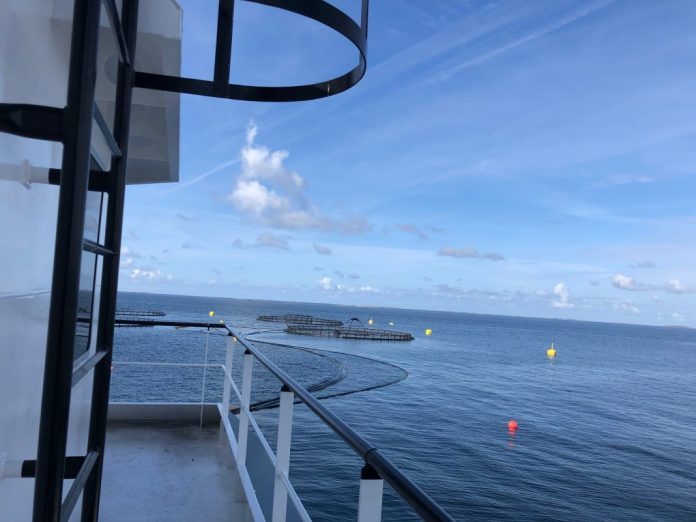Two of them earned more than 50 cent out of every euro in revenue.
Traditionally, smaller players dominate the overview of the country’s most profitable salmon farmers. SalmonBusiness has trawled the annual accounts and reviewed the results of 71 salmon and trout farmers in Norway. The companies are ranked by EBIT margin, ie operating profit divided by turnover.
Hellesund Fiskeoppdrett tops the list. The company, run by former oyster farmer Karl Olaf Jørgensen, has a total production capacity of 2,388 tonnes of salmon annually. It received an operating margin of 51.1 per cent last year and, together with Sjurelv Fiskeoppdrett in Troms, was the only one which increased by 50 per-cent.
Geographical spread
Then follows several old acquaintances. Companies that for a number of years have emerged among the country’s most profitable breeders: Finnøy Fisk, Øylaks, Edelfarm and Wenberg Fiskoppredett.
There is a good geographical spread in the field. The five most profitable farmer are located in five different counties; from Vest-Agder in the south to Troms in the north of Norway.

Only one of the 20 players on the list is listed, namely SalMar. Another big fish, Nordlaks, which is admittedly not listed, also entered the list with a very decent operating margin of 38.5 per cent.
That’s a long jump from the average EBIT margin achieved in 2018 by the country’s 20 largest farmers, 25.7 per-cent.

Cyclic
Although the 2018 salmon year was marginally beaten by 2016, last year was definitely one of the most profitable in history. Low supply growth, continued strong demand and, as a function of that, high salmon prices contributed strongly.
At the same time, production costs have increased. Particularly related to deforestation, but also input factors such as salmon feed have become considerably more expensive in recent years.
The strong cyclicality, with clear ups and downs, as one has seen since the 1980s, does not seem the same as before. The situation with slowed salmon production growth is a global phenomenon, driven by reputation challenges and political bottlenecks.
But without substantial supply growth, and continued good demand, the outlook for continued high salmon prices appears to be present in the years to come.

